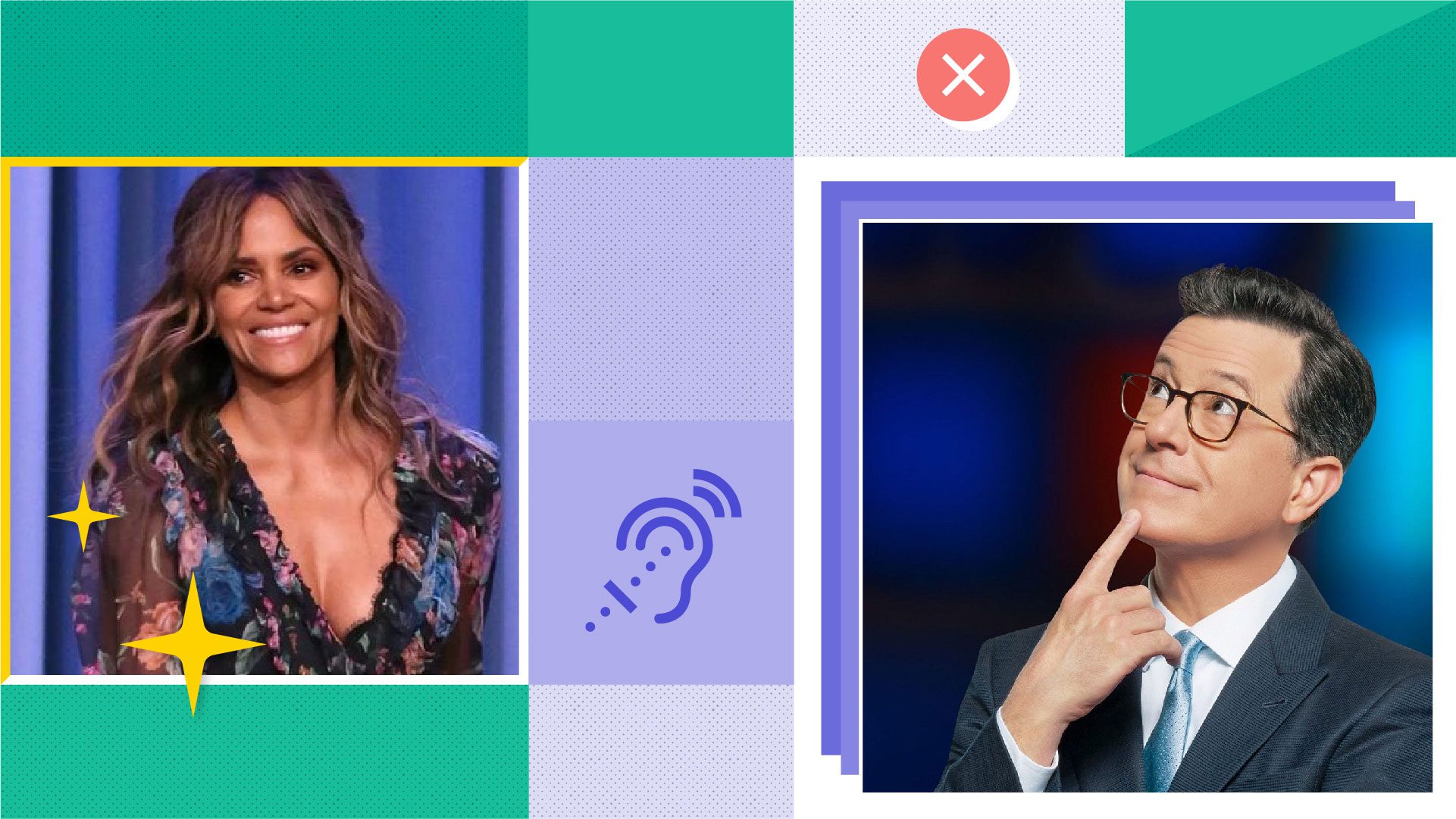Roadmap to Web Accessibility in Higher Education

Rev › Blog › Accessibility ›
Universities and colleges must upgrade their websites, online courses, and network resources to meet modern web accessibility standards. This can be a difficult challenge to overcome. We’ve put together this guide to give you the information you need for a successful transition.
Higher education institutions have enormous web presences that need tremendous effort to overhaul. We will help you figure out where to begin by answering the following questions:
- Why is web accessibility important?
- What laws must my institution obey?
- What steps must I take to achieve web accessibility?
- What does success look like?
- What resources are available to me?
Our mission is to inform you about all aspects of web accessibility. Furthermore, we will guide you through the steps necessary to develop an accessible online platform.
Web Accessibility in a Nutshell
Making online content available to people with disabilities is an ethical responsibility. It’s also a legal obligation. Higher learning institutions must adapt and evolve their web-based platforms before problems arise.
Great strides toward online inclusivity have been made in recent years. Accessible design is making the Internet a place that anyone can enjoy. Likewise, assistive technologies make content accessible in ways that were impossible years ago.
However, many colleges and universities have yet to meet modern web accessibility standards. Those behind the curve are facing federal investigations and high-profile lawsuits.
Why is it Important?
Everyone deserves equal access to higher education. The U.S. Census Bureau reports that 56.7 million Americans, or about 20% of the population, are living with a disability. Higher learning institutions have a social responsibility to accommodate disabled students. Yet, the importance goes beyond morality.
Colleges and universities that adopt web accessibility standards will expand their market reach. Student satisfaction will increase, and prospective student interest will rise. An increase in accessibility will attract more students, resulting in more acquisitions and more income.
A limited web platform will discourage prospective students with disabilities. Many will lose interest before they ever visit campus.
Accessibility Laws Affecting Higher Learning Institutions
The following laws define the civil rights of people with disabilities. These laws have been amended to keep up with advancing technologies, and we predict that they will continue to do so in the years to come.
Rehabilitation Act
Programs conducted or funded by the federal government must abide by this law.
- Section 508 amended the Rehabilitation Act to ensure that all people with disabilities have access to communication and information technologies. This amendment applies to all public universities and colleges that receive federal funding
- Section 504 prohibits discrimination against disabled individuals within any programs or activities conducted or funded by the federal government. All publicly funded universities and colleges fall under this declaration. This requires that online learning programs and course registration tools must be accessible.
American Disabilities Act
The American Disabilities Act is a civil rights law. This, without exception, prohibits discrimination based on a person’s disability.
- Title II prohibits discrimination by all public entities at local and state levels. Learning institutions that receive public funding must abide by Title II regulations as set by the U.S. Department of Justice. Accessibility is defined as both physical and programmatic to dissuade any and all barriers.
- Title III prohibits discrimination across a wide variety of public accommodations. Private entities that offer examinations and courses related to education and occupational certification. This means that trade schools and private universities must meet ADA requirements.
Working Together for a Better Learning Experience
Many colleges and universities face a daunting road ahead. Some have jumped the gun and started their journey toward total web accessibility, but none have yet completely reached that goal. There may be no end in sight as accessibility standards are constantly evolving.
The Office for Civil Rights in the U.S. Department of Education has opened hundreds of investigations against universities for possible civil rights violations in relation to web accessibility regulations according to Inside Higher Ed. Institutions must learn from one another to adapt their platforms to higher, more inclusive standards.
Web Content Accessibility Guidelines
The Web Content Accessibility Guidelines (WCAG) is a set of internationally recognized web accessibility standards published by The Web Accessibility Initiative of the World Wide Web Consortium.
WCAG 2.0 is an updated list of principles and guidelines with testable success criteria. Section 508 of the Rehabilitation Act has adapted these recommendations into law. The amendment ensures WCAG 2.0 AA conformance across public and private universities.
How to Implement Web Accessibility with Success
Upgrading online platforms to modern web accessibility standards can be a monumental undertaking. University websites can have thousands of web pages monitored by dozens of department heads. Some online content may not be monitored at all.
These pages can be edited by an untold number of faculty members at any given time. Each person is responsible.
How do you update your existing web-based content? How do you ensure new content will meet accessibility standards?
Conduct an Audit
The best way to begin the process is to conduct an exhaustive audit. This is how you will learn where your web-based programs currently stand. The more eyes scrutinizing the content, the better.
This can be a time-consuming task, but it is a necessary part of the process. We have a WCAG 2.0 Web Accessibility Checklist with a universally applicable series of testable statements that can help. This checklist ensures accessibility compliance through efficient black and white examination.
Create a Comprehensive Plan of Action
Universities and colleges have many hands at play in their website and online course designs. It’s important to get all involved parties informed and on board with the goal of web accessibility.
Information technology professionals, administrators, and professors must all be proactive. Their understanding and implementation of accessible design and assistive technologies is essential.
Duke University has put together a two-fold accessibility plan. Published guidelines showcase the school’s expectations, and how-to documentation directs the staff’s efforts. As a result, all new content will meet or exceed accessibility standards.
Likewise, the University of Oregon has laid out its own guidelines. To complement these the school included impact statistics, a glossary, and its philosophy. Staff can request web accessibility training through a direct link on the page.
One common denominator is that all staff members must learn web accessibility standards. Training your staff is vital for the current transition and future compliance.
What does your plan look like? Our ADA Compliance Website Guide can help get yours started.
Use Helpful Tools and Test, Test, Test!
We live in an age where automated tools and professional services reign supreme. These devices can make the transition to true accessibility faster and more efficient.
Accessible, easy to interpret text is vital for complying with WCAG 2.0 AA standards. Our audio transcription service makes audio files accessible to the masses. Similarly, our closed caption service pulls more value from your video to benefit hearing-disabled students.
A plethora of automated web accessibility testing tools exist that scan web content. These tools can check text, images, video, and more for successes and shortcomings.
Your online learning environment should be available for everyone to use. Now you know how to get it done.



